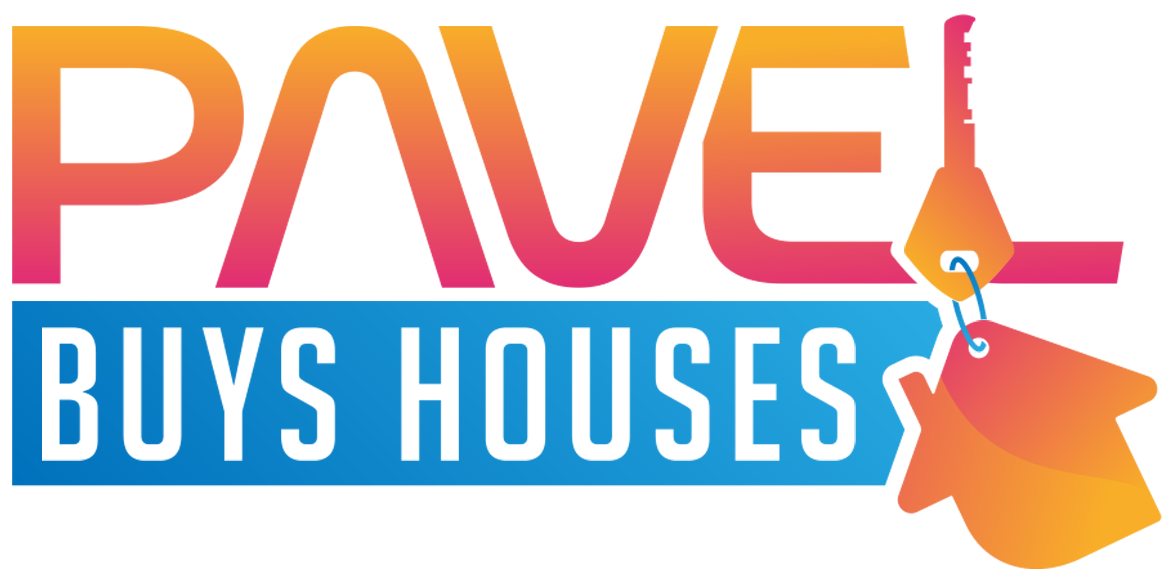
Imagine this scenario: You’ve just purchased a new home, and during the property inspection, you notice your neighbor’s fence extends into your yard. This situation, commonly known as encroachment, is a frequent occurrence in real estate transactions that can lead to disputes and even legal action.
Encroachment in real estate refers to instances when a property owner violates the rights of their neighbor by extending a structure or an element (like a fence, garden, or balcony) onto the neighbor’s land. It’s not just about physical structures intruding into another’s property; it also involves rights, responsibilities, and potential impact on property value.
In this article, we delve into the world of encroachments. We’ll define what it is, examine its various types, discuss its impact on property value, and guide you through resolving such issues. Whether you’re a buyer, seller, or a current homeowner, understanding encroachments can help you navigate potential boundary disputes and protect your property rights.
Understanding Encroachment in Real Estate
Encroachment in real estate is not just a matter of overstepping boundaries; it’s an issue that can have serious implications for property owners. It occurs when there is an unauthorized intrusion onto a neighbor’s land, often leading to disputes and requiring resolution to maintain legality.
Types of Encroachments
When properties sit side by side, identifying intrusions requires an understanding of the various forms they can take:
Here are the most common types of encroachments to be aware of:
- Fence Encroachments: A classic example where one property owner erects a fence that extends beyond their property lines into a neighbor’s yard. Such fences may be built inadvertently due to a misunderstanding of where the true boundary lies.
- Overhanging Structures or Balconies: In urban environments where space is at a premium, parts of buildings such as balconies or roof elements might extend over the boundary line, casting shadows or dropping debris onto the neighboring property.
- Garden or Landscaping Encroachments: These can be subtle, like the spread of a garden bed, or more blatant, such as planting trees whose roots or branches may extend into adjacent properties.
Each type of encroachment comes with its challenges and solutions:
- Fence encroachments require clarity on property lines, which may necessitate a land survey.
- Overhanging structures might require architectural adjustments or agreements concerning airspace usage.
- Garden and landscaping issues often call for redefining garden layouts or implementing root barriers.
Resolving Encroachments
Resolving encroachments can be complex and requires careful negotiation and sometimes legal intervention. Property owners are advised to:
- Maintain open communication with their neighbors.
- Seek professional guidance when faced with potential encroachments.
To ensure your property rights are protected and respected, stay vigilant about any developments around your home that could impinge upon your space. Do you know where your property lines are? Have you noticed any new structures cropping up close to these boundaries? These are the questions that should prompt action — whether it means having a friendly chat with your neighbor or consulting with experts who can provide legal clarity.
The Role of Easements in Encroachments
When it comes to encroachments, it’s important to know about easements. An easement is a legal right that allows someone to use part of another person’s property for a specific purpose. For example, utility companies often have easements that let them install lines through private land.
Now, imagine you just finished a land survey and found out that your neighbor built a fence that goes beyond your property line. This is considered one of the different types of encroachments where your neighbor has trespassed onto your land. While it may seem straightforward, things can get more complicated when easements are involved.
Easements can sometimes cause problems with encroachments because of misunderstandings or misuse of the granted access. Here are some examples:
- A neighbor might accidentally extend their garden beyond the easement for landscaping purposes.
- A structural addition like a balcony might unintentionally hang over the airspace covered by an aerial easement.
In these situations, it becomes unclear whether it’s an encroachment or a rightful use of an easement. If not addressed, these issues could turn into prescriptive easement claims, where continued use without objection could lead to permanent access rights for the trespasser.
It’s crucial for property owners to identify potential encroachments early on and seek advice from a real estate lawyer if disputes arise. By understanding their own rights and the rights granted by easements, property owners can protect their boundaries and maintain good relationships with neighbors.
How are Encroachments Resolved?

When encroachments occur between neighboring properties, they can cause significant title problems and potential liability. Both parties involved must address these issues promptly to avoid worsening relations or legal complications.
5 Steps to Resolving Encroachment Issues
1. Open Communication with Your Neighbor
The first step in resolving encroachment issues is to talk to your neighbor. This approach often leads to a friendly resolution without going to court. Here’s what you can do:
- Initiate the Discussion: Reach out to your neighbor to discuss the encroachment, preferably in a non-confrontational manner.
- Share Evidence: Present any survey reports or property deeds that clearly show property boundaries.
- Propose Solutions: Work together to agree on a solution that is fair and reasonable for both parties.
2. Creating a Legal Agreement
If talking doesn’t work, you may need to formalize an agreement through legal channels:
- Mediation: A neutral third party can help facilitate negotiations and reach a mutually acceptable agreement.
- Written Permission: If the encroachment is minor and doesn’t significantly affect your property, giving written permission can be a temporary solution.
3. Sell Your Easement
Sometimes, selling an easement is a possible solution for boundary disputes:
- Determine Value: Have the encroached area appraised to know its worth.
- Draft an Easement Agreement: Write down the terms under which the neighbor can legally use that part of your property.
- Record the Easement: Make sure the easement is recorded with local land records for transparency and future reference.
4. Adjusting Property Boundaries
If selling an easement isn’t feasible, you might consider adjusting property boundaries:
- Land Swap: You could agree to exchange pieces of land to fix the encroachment.
- Sell Land Portions: Alternatively, selling the affected piece of land completely could resolve the issue.
5. Seek Legal Counsel
If friendly discussions and agreements don’t work, you may have to consult a real estate attorney who can advise you on further steps like:
- Sending a Formal Demand Letter: This letter would ask the neighbor to remove or change the encroaching structures.
- Filing a Lawsuit: As a last resort, taking legal action might be necessary to protect your property rights.
It’s crucial for property owners dealing with encroachments to act quickly yet thoughtfully. By considering each step carefully and choosing solutions that maintain good relations with neighbors whenever possible, many encroachments can be resolved without causing more problems.
Encroachment vs. Easement: Understanding the Difference
When dealing with real estate matters, it’s important to know the difference between two terms that are often misunderstood: encroachment and easement. While both involve using someone else’s property, they have distinct legal and practical implications.
Encroachment
- Refers to when someone intrudes onto another person’s property without permission, such as a fence or shed crossing property lines.
- Can cause issues with property ownership and potential legal responsibility, making real estate transactions more complicated.
- Resolving encroachment problems requires taking proactive steps, which may include talking to the neighbor involved or selling easements.
Easement
- A legally recognized right to use someone else’s land for a specific purpose, like having a driveway or utility line on their property.
- Usually established through written agreements that are recorded with property deeds.
- Gives certain usage rights without transferring ownership.
Understanding these differences is crucial in order to avoid future conflicts and have a clear understanding of property ownership. Encroachments can create confusion about who owns what and can lead to legal disputes for the person who is encroaching on the property. On the other hand, easements are typically agreed upon arrangements that benefit both parties involved without the negative implications of encroachment.
Property owners should be careful about knowing their boundaries to prevent unintentional encroachments. In contrast, easements should be clearly documented and understood by everyone involved. Both concepts have their place in real estate law, but confusing one for the other can have serious legal and financial consequences.
Preventing and Mitigating Encroachment Risks
Encroachments in real estate can lead to significant legal disputes and impact property values. Property owners must be vigilant to prevent such issues from arising. Here are some proactive steps that can be taken:
Steps to Prevent Encroachments
- Conduct Thorough Land Surveys: Prior to construction, have a detailed land survey done. This process determines the precise boundaries of a property and is essential for any construction or landscaping projects near property lines.
- Maintain Clear Property Boundaries: Use the information from your survey to establish and maintain clear demarcations. This might involve physical markers like fence lines or natural barriers that respect your property’s limits.
- Due Diligence in Property Construction: Ensure all building plans are reviewed and comply with local zoning regulations. Confirm that any structures built near the boundary of your property do not infringe upon your neighbor’s land.
Benefits of Working with Qualified Land Surveyors
Qualified land surveyors are indispensable in this process. Their expertise ensures accurate boundary assessments, which play a critical role in mitigating encroachment risks. With their help, you can:
- Identify Potential Risks Early: A surveyor can identify red flags that could lead to encroachment issues before they become problematic.
- Provide Documentation for Legal Clarity: Detailed surveys create a record that can be extremely valuable if disputes over boundaries arise.
By taking these steps, property owners can safeguard their investments and foster good relationships with neighbors, avoiding the complications and impact of unresolved encroachment in real estate.
Wrapping It Up
Understanding encroachment in real estate is important for both buyers and sellers. It’s clear that doing thorough research in property transactions is absolutely necessary to avoid potential boundary disputes.
A proactive approach towards identifying and addressing encroachment risks can save you from future problems. This includes:
- Conducting detailed land surveys
- Following precise construction practices
If you suspect any encroachments on your land, don’t hesitate to seek help. Consulting with a real estate professional or legal advisor can give you the right assessment and guidance on how to handle the issue effectively.
Remember, the goal is to have good relationships with your neighbors while protecting your property rights. So, be alert for any warning signs and take action quickly if you notice any.

